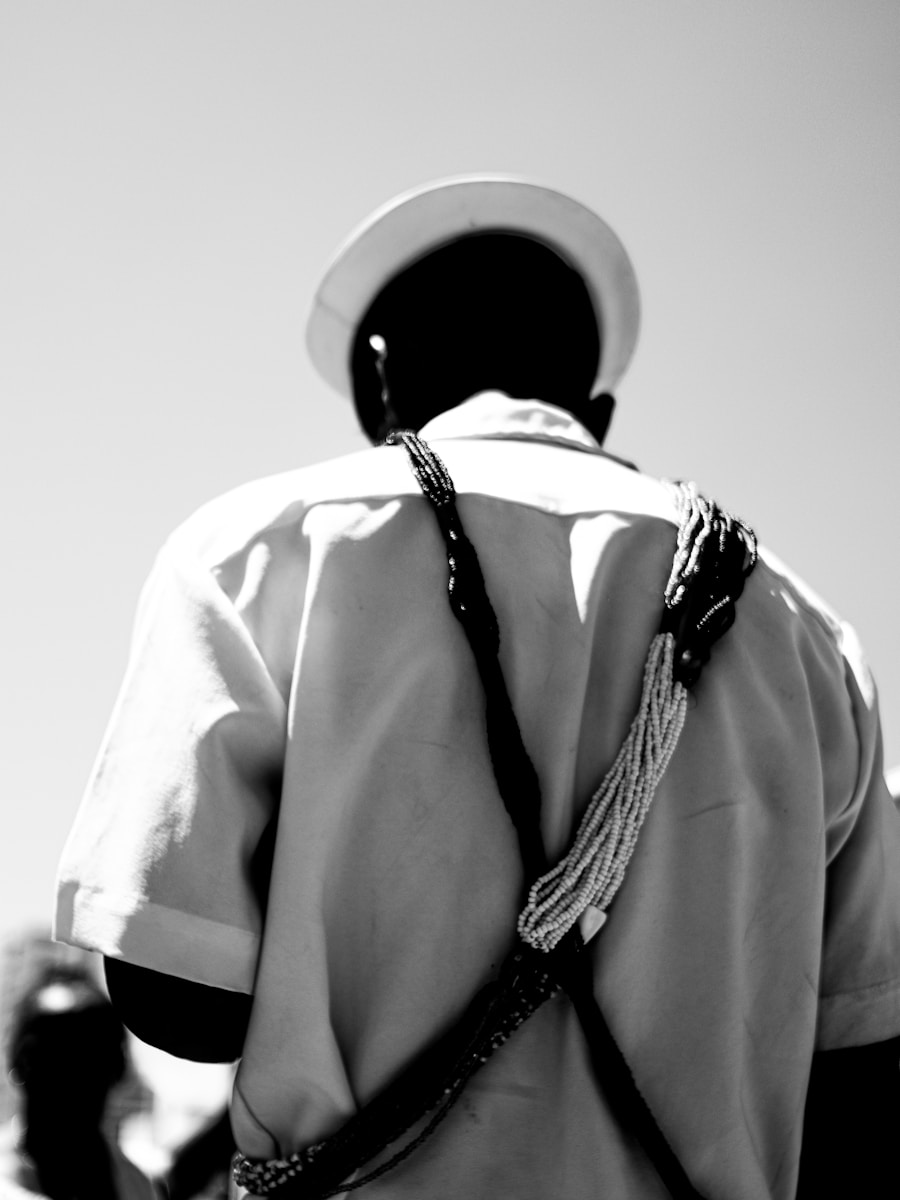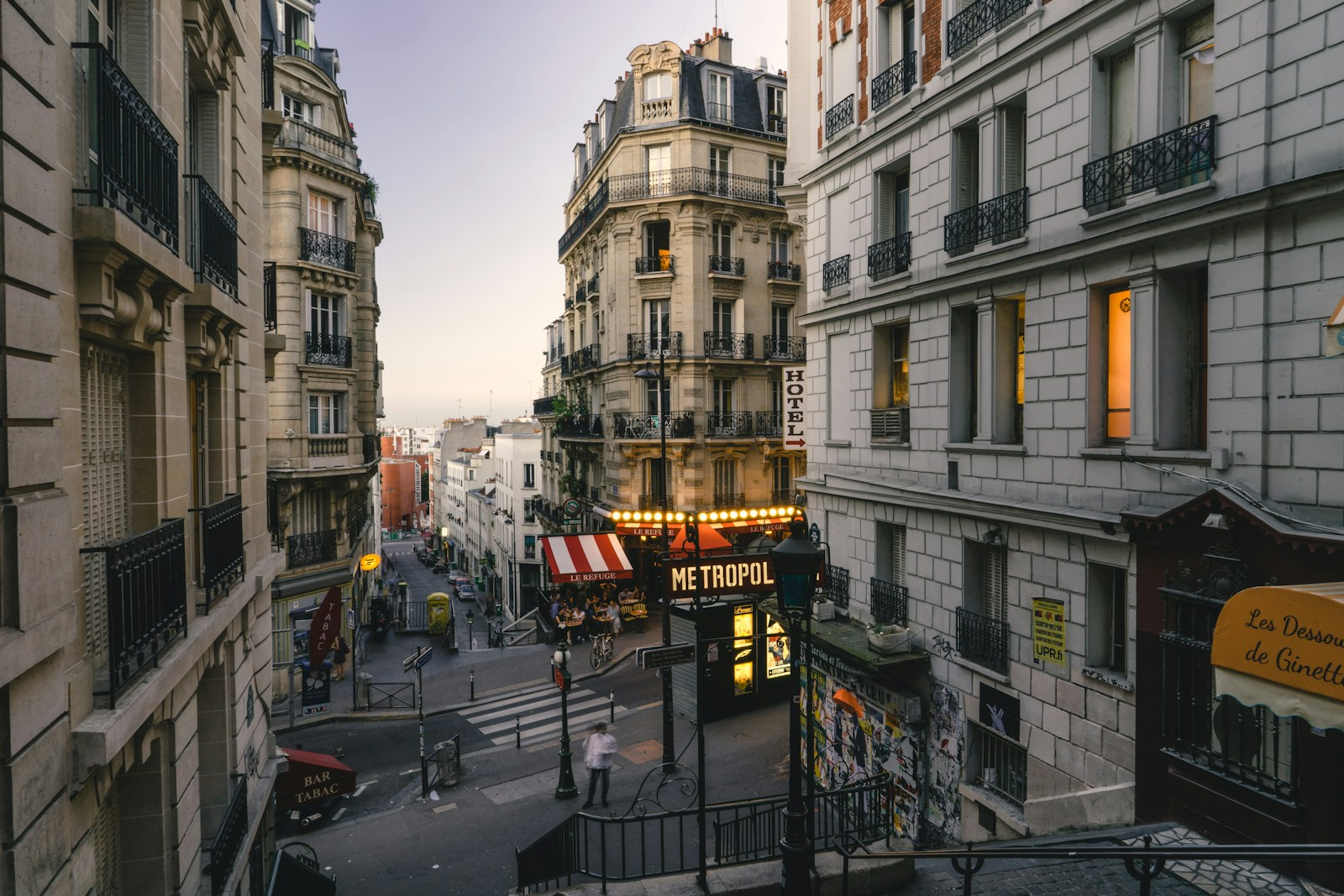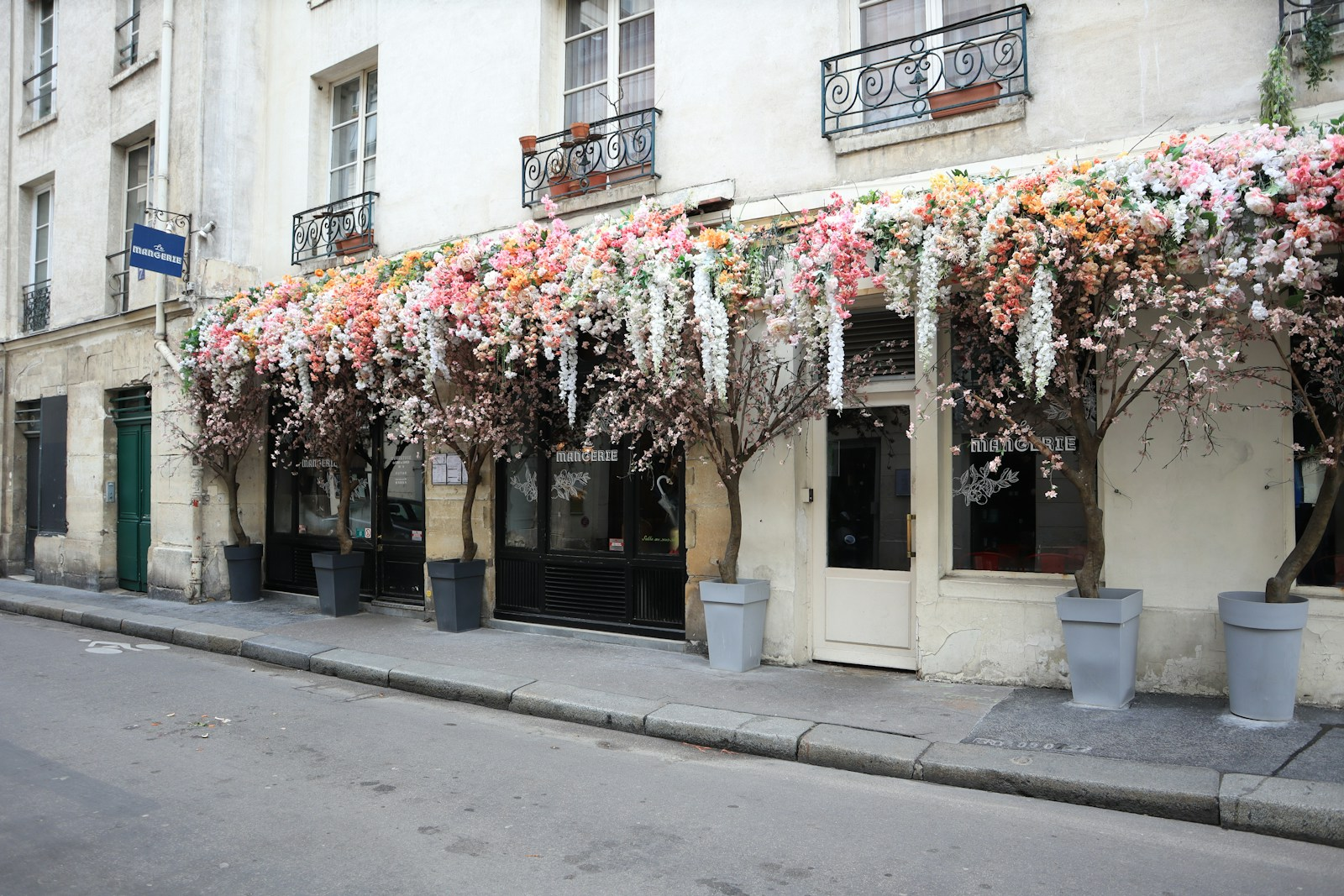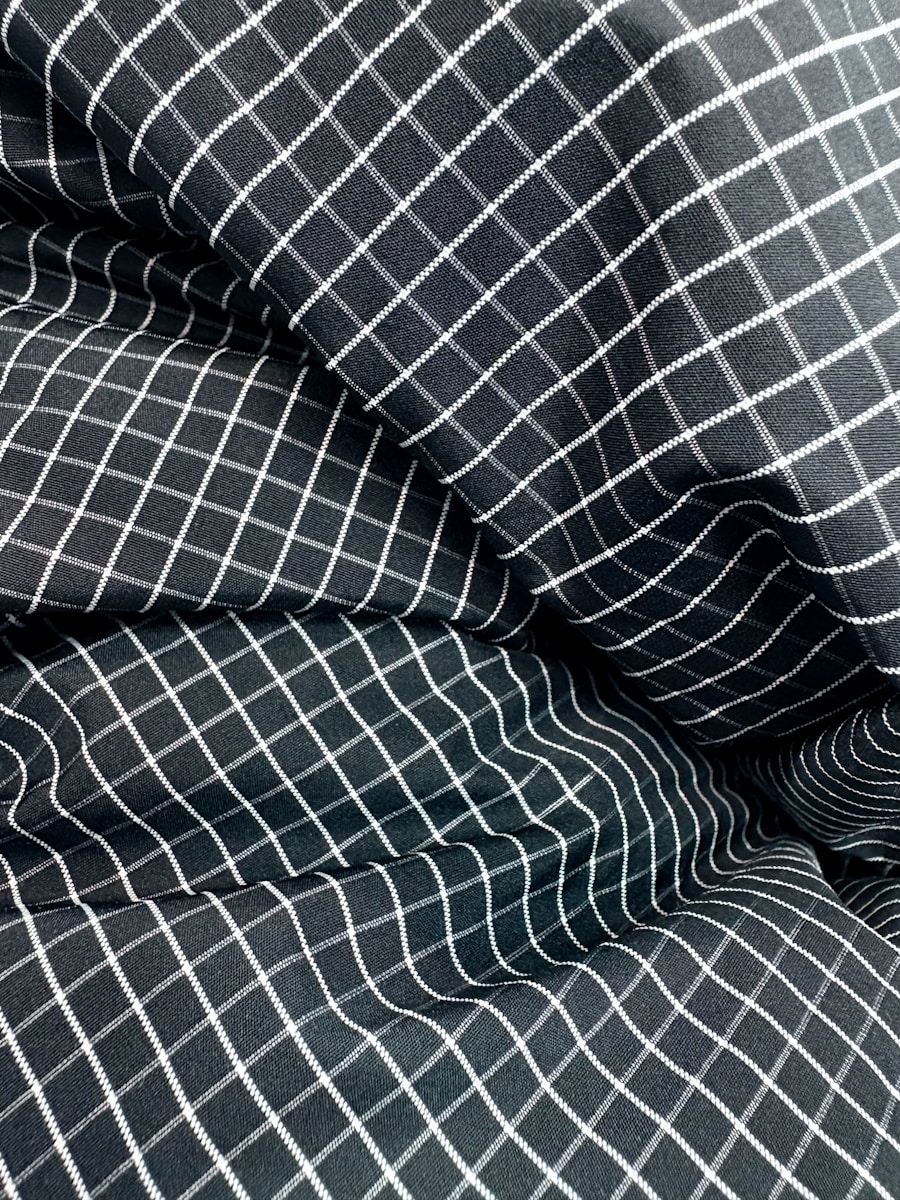The Uncomfortable Truth Hollywood Doesn’t Want You to Know

When Beyoncé released “Cowboy Carter” in 2024, the backlash was swift and predictable. Critics claimed she didn’t belong in country music, that she was reimagining American culture. The same tired arguments surfaced when Lil Nas X topped the charts with “Old Town Road,” when Pharrell Williams donned a cowboy hat, and when Shaboozey brought his authentic voice to the genre. But here’s what those critics refuse to acknowledge: Black cowboys aren’t some modern reimagining of American culture—they ARE American culture, full stop.
The truth is as stark as it is suppressed: historians estimate that one in four cowboys in the American West were Black. That’s right—25% of all cowboys during the height of the cattle-driving era were African American men who built the very foundation of what we now call cowboy culture. Yet Hollywood has spent over a century erasing them from the narrative, replacing them with John Wayne and Clint Eastwood, as if the West was won exclusively by white men in ten-gallon hats.

The Racist Origins of “Cowboy” Terminology
Let’s start with the word itself: “cowboy.” The term carries a weight most people never consider. During the era of slavery and its aftermath, Black men were systematically called “boy” as a deliberate act of dehumanization—a refusal to acknowledge their manhood. White cattlemen, on the other hand, were respectfully called “cowmen” or “cattlemen.” The term “cowboy” was initially used to diminish the status of Black and Mexican vaqueros who worked the ranges.

Think about that for a moment. The very word that Hollywood has glorified for decades was born from racism. Black men who possessed extraordinary skills in cattle handling, horse breaking, and range riding were relegated to “boys” while their white counterparts claimed the dignity of being called “men.” The irony is bitter—the term meant to diminish Black cowboys has become the romanticized symbol of American masculinity, with its racist origins conveniently forgotten.

From Necessity to Fashion: The Real Story Behind Cowboy Clothing
Today’s “Western aesthetic” that dominates fashion runways and Instagram feeds has roots that run deep into Black and Brown working-class history. Every piece of what we consider classic cowboy attire was born from pure utility, designed by and for men who faced brutal conditions on the open range. These weren’t fashion statements—they were survival tools, and Black cowboys were instrumental in their development and popularization.
The Wide-Brimmed Hat: More Than Just Style

That iconic cowboy hat? It wasn’t about looking good for the camera. For Black cowboys working under the scorching Texas sun, these wide-brimmed hats were essential protection. The broad brim shielded faces from sunburn, prevented heat stroke, and protected eyes from the relentless glare. The high crown allowed air to circulate, providing crucial cooling. Black cowboys often modified their hats with unique creases and shapes that became signature styles later appropriated by Hollywood costume departments.
Bandanas: The Original Multi-Tool

The bandana or “wild rag” wasn’t a fashion accessory—it was arguably the most versatile piece of equipment a cowboy owned. Black cowboys used these squares of fabric for everything: filtering dust during cattle drives, wiping sweat, protecting the neck from sunburn, covering the face during dust storms, as emergency bandages, tourniquets, or even as a coffee filter. The way Black cowboys wore their bandanas—tied at specific angles for different purposes—became part of the visual language of the West that fashion houses now sell for hundreds of dollars.
Chaps: Armor for the Working Man

Leather chaps were essential protective gear, especially for Black cowboys who often got the most dangerous jobs. These leather leg coverings protected against thorns, cacti, mesquite, sagebrush, and rope burns. They prevented injuries from hostile cattle and provided warmth during cold nights on the range. The intricate leatherwork and personalized designs that Black cowboys added to their chaps influenced the decorative Western wear we see today.
Denim: The Fabric of Labor

Denim jeans weren’t a fashion choice—they were the only fabric tough enough to withstand the brutal conditions of ranch work. Black cowboys needed pants that could survive weeks of wear without washing, resist tears from barbed wire and thorns, and stand up to the constant friction of riding. The way they wore their denim—high-waisted for protection, cuffed to prevent snags—established the authentic Western look that designer brands now replicate at premium prices.
Leather Boots: Engineering for Survival

Cowboy boots with their distinctive high heels and pointed toes weren’t about style—they were precision-engineered work tools. The high heel prevented the foot from sliding through the stirrup (a potentially fatal accident), the pointed toe made it easier to get into stirrups quickly, and the tall shaft protected legs from snake bites and brush. Black cowboys, many of whom were expert horsemen from their time breaking horses during slavery, understood these design elements intimately and passed down preferences that shaped boot-making traditions.
Suede and Leather Vests: Layered Protection

Leather and suede vests provided essential layering that could be adjusted throughout the day as temperatures swung from freezing mornings to blazing afternoons. These vests had multiple pockets for carrying everything from tobacco to ammunition to medical supplies. The durability of leather meant these vests could last years, becoming personalized through wear patterns that told the story of each cowboy’s work.
The Great Hollywood Heist

The systematic erasure of Black cowboys from American consciousness wasn’t accidental—it was deliberate. As Hollywood began crafting the myth of the American West in the early 20th century, Black cowboys were written out of the script. The thousands of Black men who had driven cattle along the Chisholm Trail, broken horses, and built the ranching industry were replaced with white actors who adopted their clothing, their terminology, and their techniques while denying their very existence.
This wasn’t just cultural appropriation—it was cultural theft on an industrial scale. Hollywood took the aesthetic that Black cowboys had developed through blood, sweat, and survival and repackaged it as white masculinity. The clothing that had protected Black bodies during grueling labor became costumes for white actors playing heroes. The skills that Black cowboys had perfected became the signature moves of white Western stars.
Why the Backlash Against Black Country Artists Is So Revealing

When Beyoncé faced criticism for “not belonging” in country music after her 2016 CMA performance, it exposed the deep-seated denial of Black contributions to American Western culture. The hostile reaction to “Cowboy Carter,” despite it paying homage to actual country traditions and featuring collaborations with country legends, shows how thoroughly the myth of the white cowboy has colonized American imagination.
The same pattern emerged with Lil Nas X’s “Old Town Road”—the song was removed from Billboard’s country charts not because it wasn’t country, but because a Black gay man was performing it. When Shaboozey brings authentic country sounds rooted in Black tradition, he faces skepticism. When Pharrell Williams embraces Western wear, it’s seen as costume rather than reclamation.
These aren’t artists reimagining American culture—they’re reclaiming it. They’re pulling back the curtain on a history that was stolen, repackaged, and sold back to us with the Black faces erased.
The Fashion Industry’s Continued Exploitation

Today’s fashion industry continues this tradition of appropriation. Luxury brands sell $3,000 leather chaps, $800 denim shirts, and $1,500 cowboy boots while completely disconnecting these items from their working-class, multicultural origins. The “Western trend” that cycles through fashion weeks every few years treats as costume what was once survival gear for Black and Brown workers.
When fashion magazines showcase “cowboy core” or “Western chic,” they’re selling an aesthetic built on Black labor while excluding Black models, Black designers, and Black history from the narrative. The utility that drove every design choice—every rivet in those jeans, every stitch in those chaps—is forgotten in favor of a sanitized, whitewashed fantasy.
Reclaiming the Narrative

The resurgence of Black artists in country music and Black designers in Western fashion isn’t a trend—it’s a homecoming. When Beyoncé sings country, she’s not appropriating; she’s reciting her birthright. When Black models walk runways in Western wear, they’re not playing dress-up; they’re wearing their history.
Understanding that one in four cowboys were Black fundamentally changes how we should see Western culture. It means that every rodeo, every country song, every piece of Western wear carries Black history in its DNA. The leather, the denim, the suede—these aren’t just materials; they’re monuments to Black labor and creativity that built the American West.
The Path Forward

As we move forward, it’s crucial to recognize that acknowledging Black cowboy history isn’t about political correctness or revisionism—it’s about historical accuracy. It’s about understanding that American culture, at its core, is multicultural. The cowboy aesthetic that the world recognizes as quintessentially American exists because Black cowboys created, refined, and perfected it through generations of hard work.
The next time someone claims that Black artists don’t belong in country music or Western fashion, remind them that Black cowboys were riding the range, breaking horses, and driving cattle when Hollywood was still a dusty California town. Remind them that the cowboy hat, the bandana, the chaps, and the boots all carry the fingerprints of Black innovation.
Black cowboys aren’t reimagining American culture. They’re reclaiming what was always theirs. And it’s about damn time we all recognized that truth.
Conclusion: The Real American West

The story of Black cowboys isn’t a footnote in American history—it’s a central chapter that’s been violently torn out and hidden. Every element of cowboy culture, from the clothes to the music to the terminology itself, bears the influence of Black Americans who helped build the West. The current movement of Black artists in country music and Western fashion isn’t an invasion or appropriation—it’s a restoration.
When critics say Beyoncé, Lil Nas X, Pharrell Williams, or Shaboozey don’t belong in country music or Western culture, they’re not protecting tradition—they’re perpetuating a lie. A lie that Hollywood has been selling for over a century. A lie that erases the contributions of the estimated 25% of cowboys who were Black. A lie that steals culture and then gates it against its own creators.
The truth is undeniable: Black cowboys are American culture. They always have been. And no amount of Hollywood mythology can change that fact.
Author’s Note: This article draws from historical records at the Library of Congress, the Smithsonian, and various historical archives documenting the true demographic makeup of the American West. The fashion analysis is based on historical documentation of working cowboys’ clothing and its practical applications during the cattle-driving era of 1860-1890.




